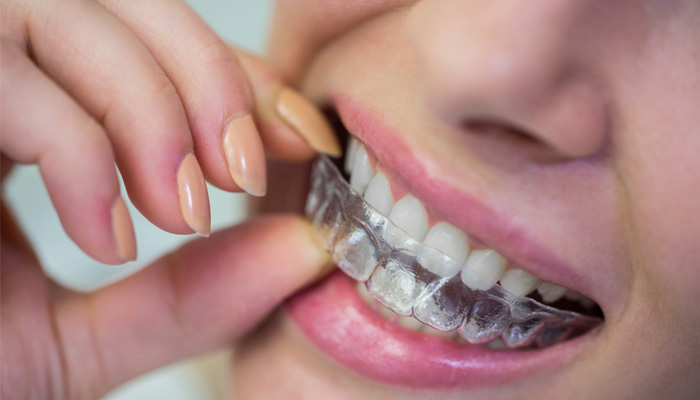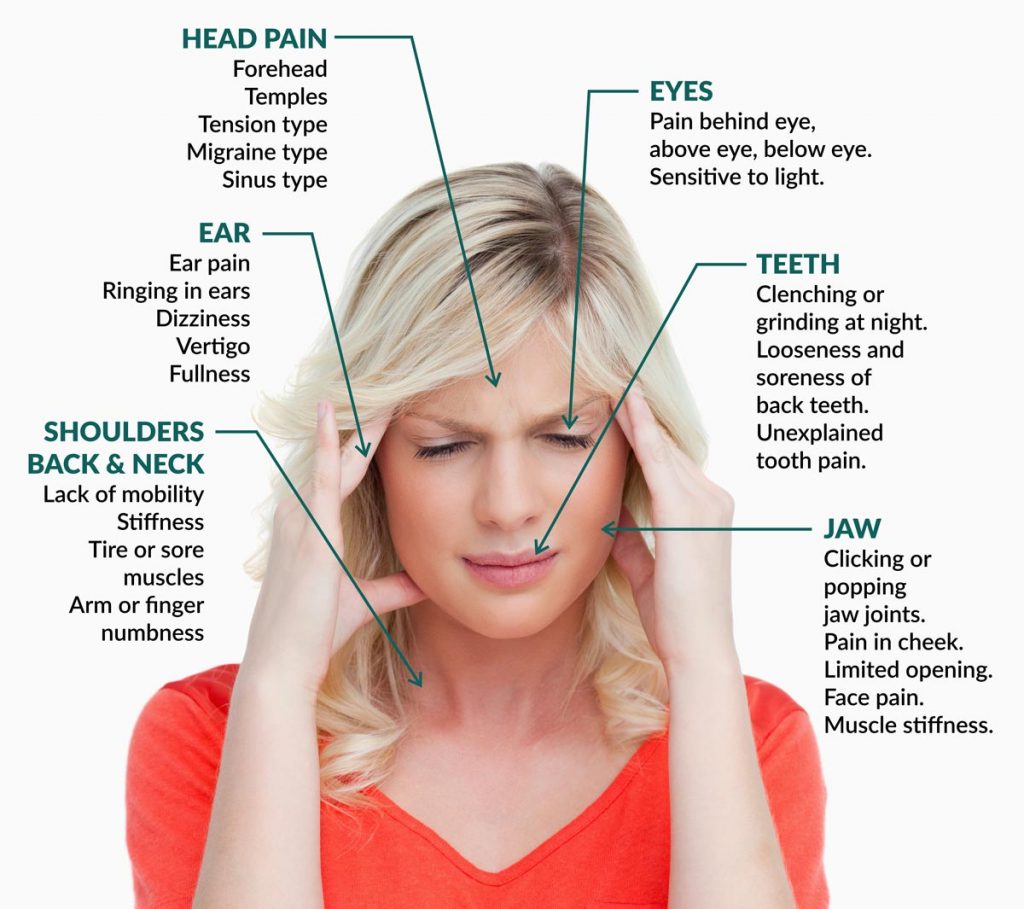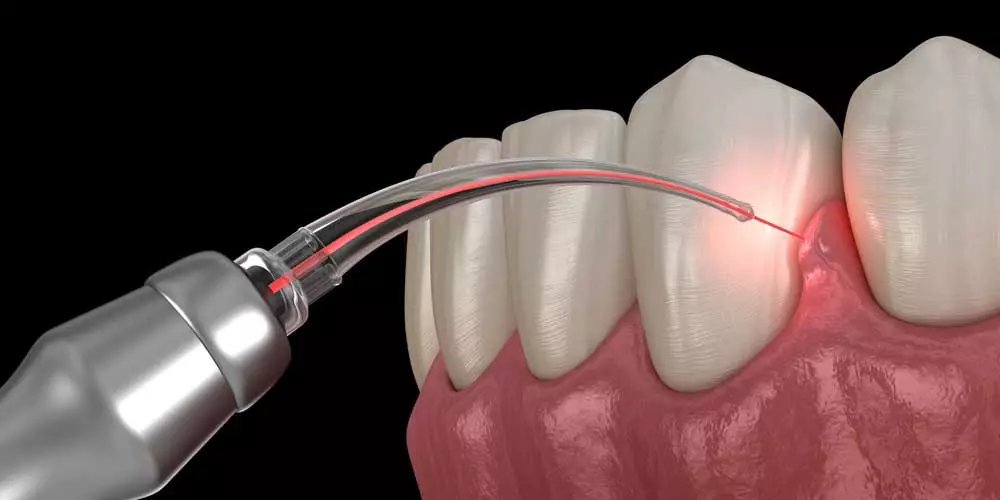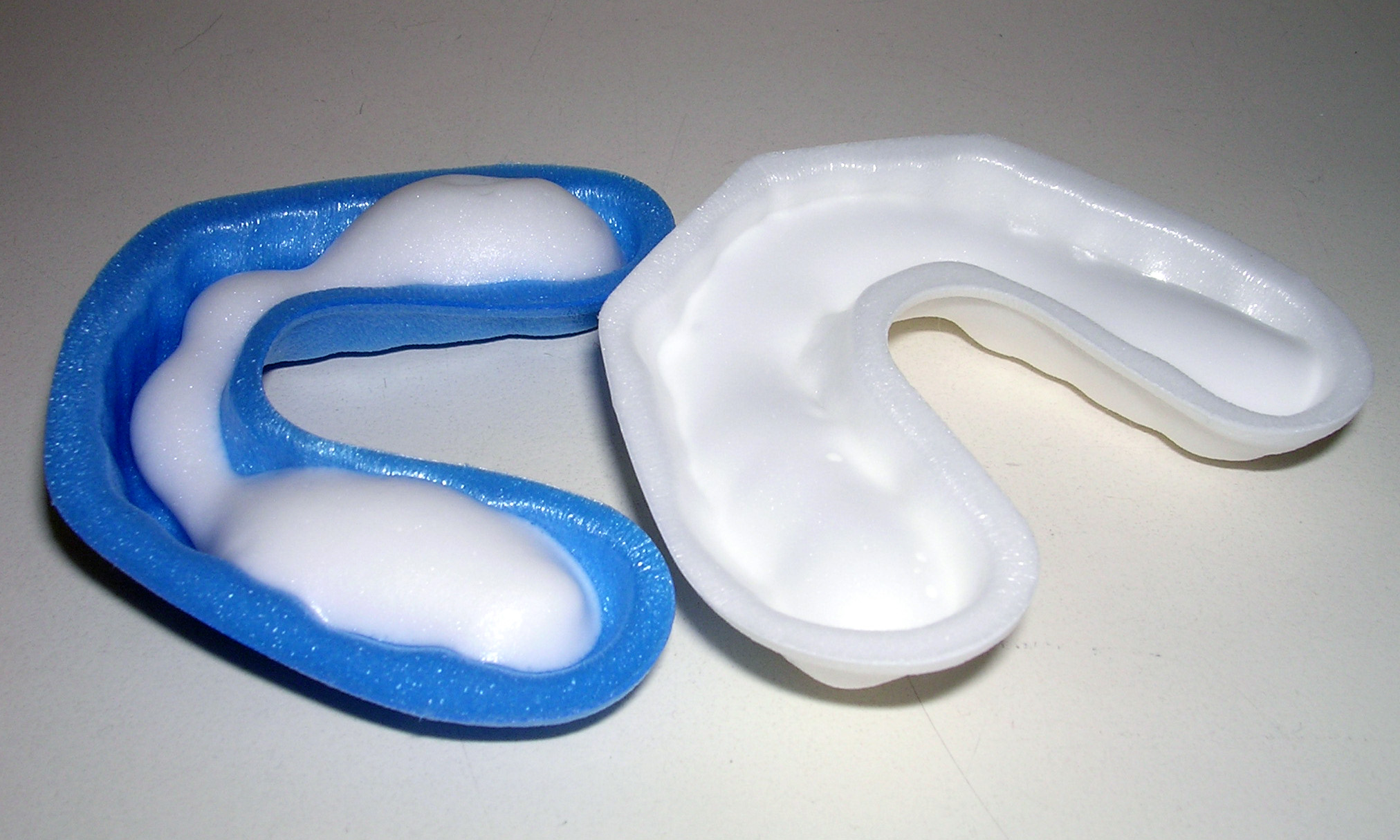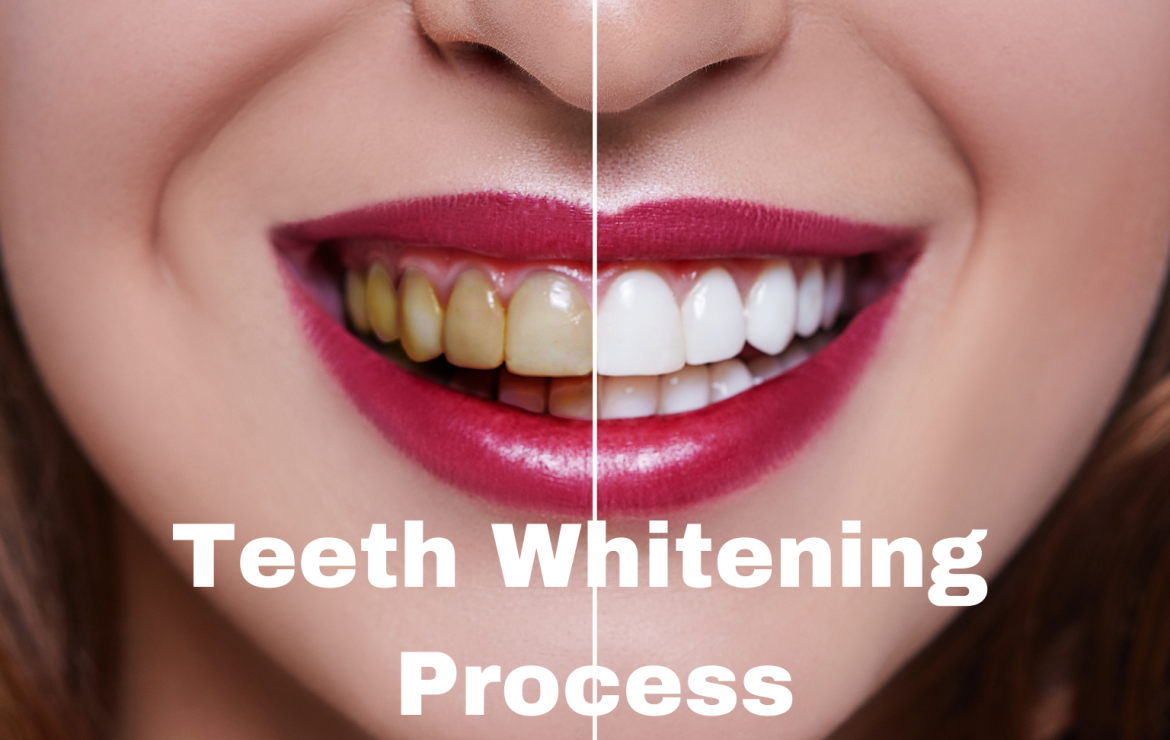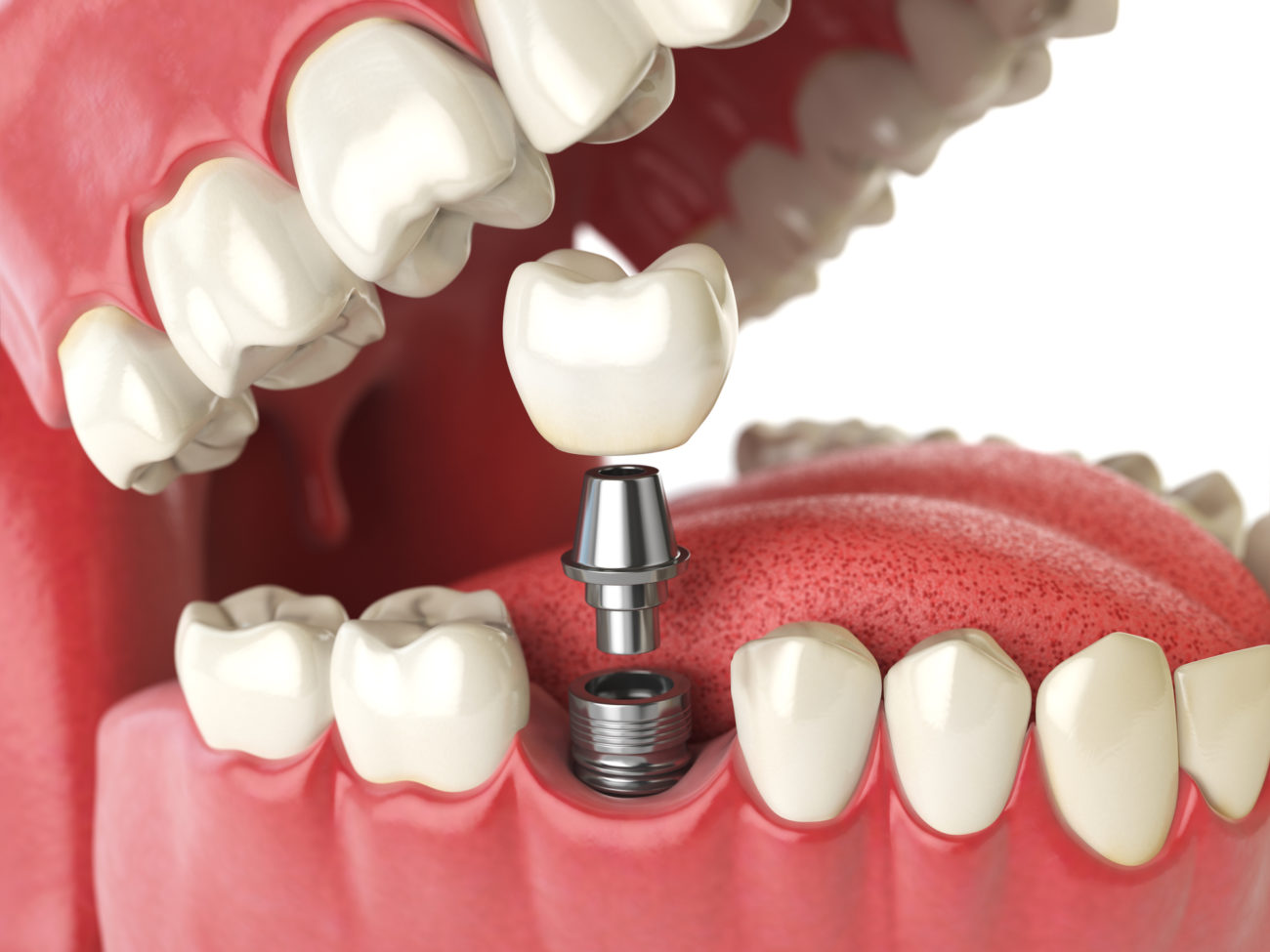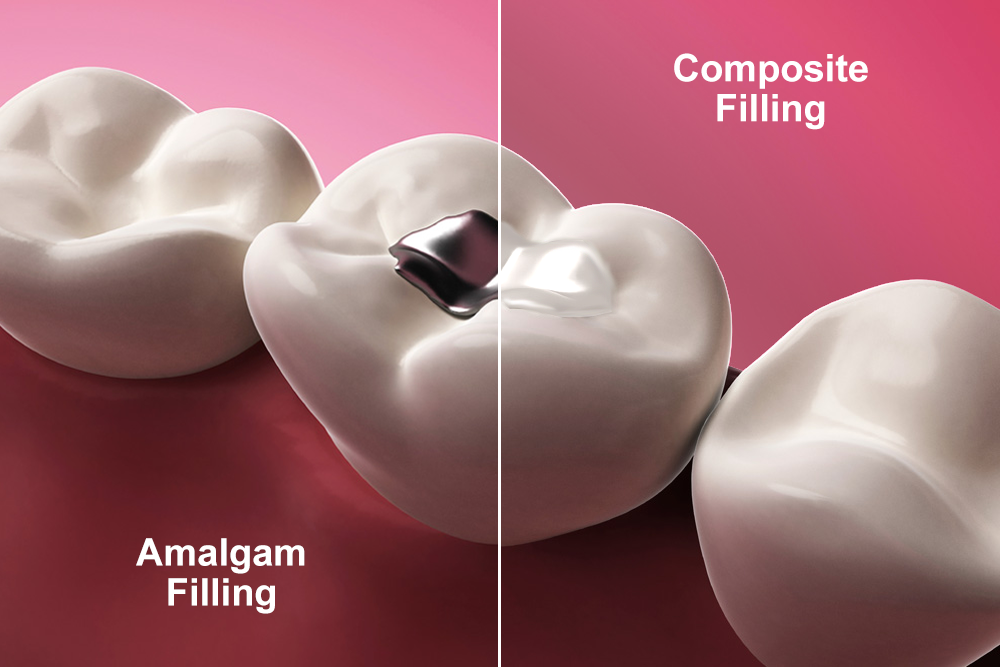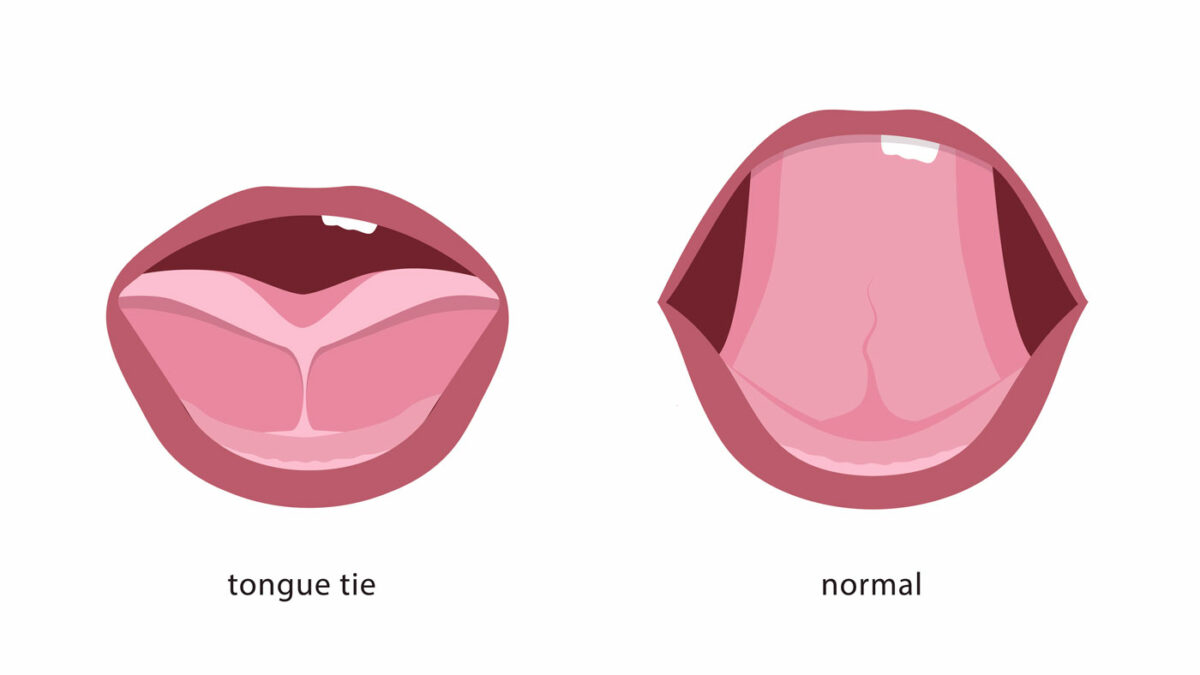Welcome to our dental clinic in Nacharam, Hyderabad, where we specialize in providing invisible aligners treatment in Nachram, Hyderabad for a beautiful, confident smile. Our Braces & Aligners Treatment in Nacharam Hyderabad are designed to offer a comfortable and discreet option for teeth straightening. Led by the best dentist in Nacharam , our experienced team ensures personalized care tailored to your unique dental needs. As the leading dental braces clinic in Nacharam, we are committed to delivering exceptional results. Trust our Braces & Aligners Treatment in Nacharam Hyderabad to guide you through your journey to a perfect smile. Experience quality dental care and transform your smile today!
Braces:
Traditional braces consist of metal brackets that are bonded to the teeth and connected with wires. The wires are adjusted regularly by an orthodontist to apply pressure, guiding the teeth into proper alignment. In recent years, there have been advancements in braces, leading to options like ceramic braces (tooth-colored brackets) and lingual braces (placed on the inner surface of the teeth).There are several types of dental braces available, each designed to cater to different needs and preferences.
Here are some of the most common types of dental braces:
-
- Metal Braces: Traditional metal braces are the most common type of braces. They consist of metal brackets that are bonded to the front surface of the teeth and connected with arch wires. Metal braces use elastic bands to hold the wires in place. The orthodontist adjusts the wires periodically to apply pressure, gradually moving the teeth into their desired positions. Metal braces are effective for treating various orthodontic issues and are often the most affordable option.
- Ceramic Braces: Ceramic braces are similar to metal braces but use tooth-colored or clear ceramic brackets instead of metal ones. The ceramic material blends with the natural color of the teeth, making them less noticeable than traditional metal braces. However, the arch wires may still be visible, especially if using metal wires, although tooth-colored wires can be used to make them less conspicuous.
- Lingual Braces: Lingual braces are custom-made braces that are placed on the inner surface of the teeth, making them virtually invisible from the outside. These braces are ideal for those who want a discreet treatment option. Lingual braces use metal brackets and wires, and they are effective for various orthodontic problems.
- Self-Ligating Braces: Self-ligating braces are for the most part similar to traditional braces, but do not require elastic bands to hold the arch wires in place. Instead, they have specialized brackets that include built-in clips or doors to secure the wires. This design reduces friction, resulting in potentially more comfortable treatment and less frequent visits to the orthodontist for adjustments.
Clear Aligners:
Clear aligners, for example, Invisalign, are a more modern and discreet alternative to traditional braces. They are custom-made, transparent, removable trays that fit over the teeth. These aligners use a series of trays, each slightly different, to gradually shift the teeth into the desired positions. Clear aligners are popular among adults and teenagers who prefer a more aesthetic and convenient orthodontic treatment.

